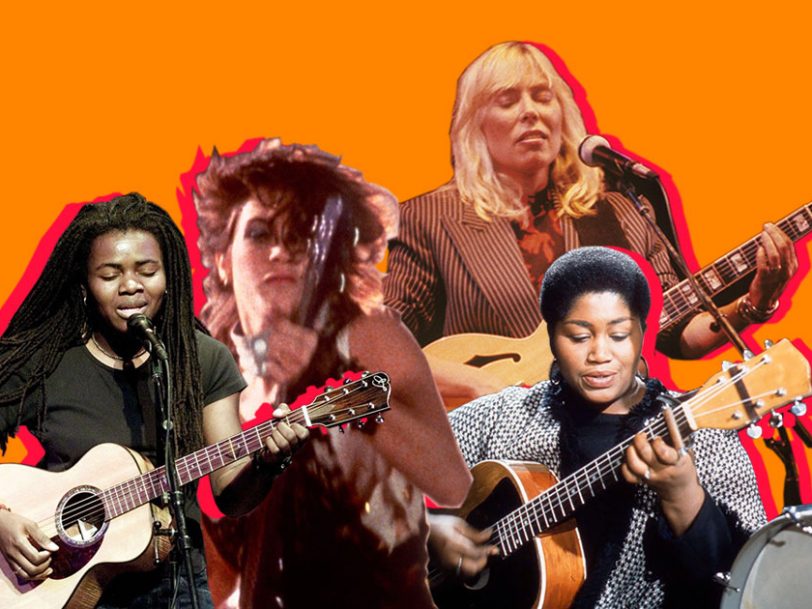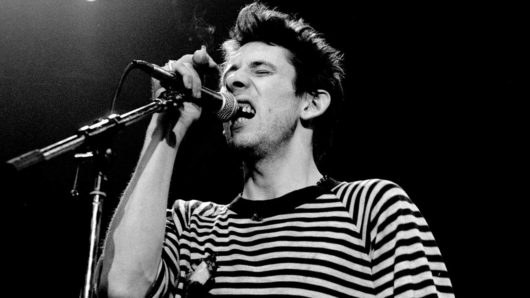The breadth and depth of this list of the best female guitarists in the world – which, in all honesty, could have been 20 times longer – covers rock, soul, punk, country, funk and just about every subgenre in between. The hundreds of awesome guitarists who didn’t make this list are testament to just how versatile, experimental and just plain joyous women’s axe-work has been over the decades.
The reasons for a relative lack of female guitarists compared to men can easily be found, and they mostly start in childhood and adolescence. Too often, young girls feel intimidated by the blokey atmosphere of guitar shops, or excluded from the guitar lessons their brothers get. Many of the women listed below are self-taught musicians, fighting through discrimination and condescension to bring their innovative new styles to audiences far and wide. Things have certainly gotten better in terms of industry sexism, but even so, in 2022 Stephanie Bradley, a shredder on social media, was moved to comment that “just a couple days ago, I got – and I haven’t gotten this in years – something like, ‘Oh, can you cook?’ and, ‘Why aren’t you in the kitchen?’”
This list of the best female guitarists of all time features women who are simply awesome guitarists – no “… for a woman” necessary.




